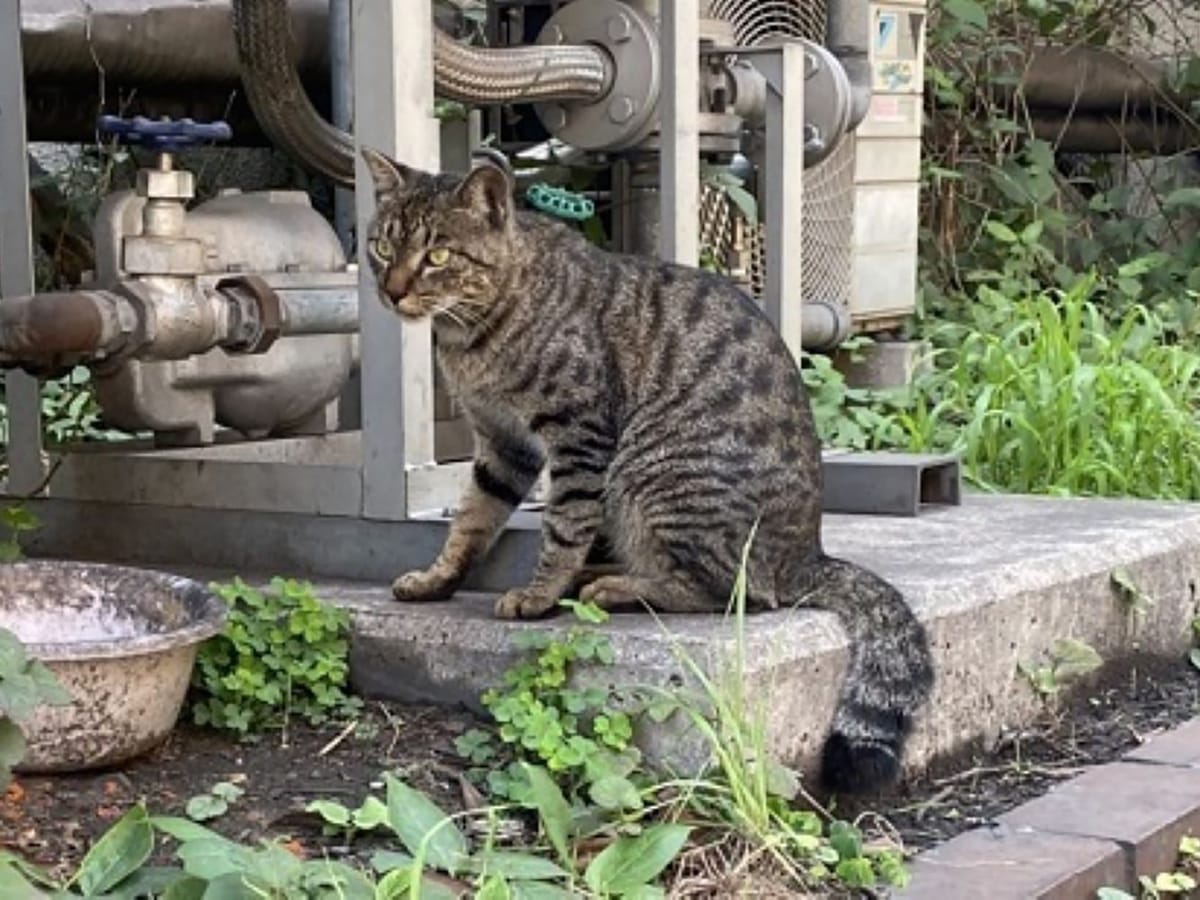
Source: Photo of cat said to be taken on Ogishima property JFE Steel, November 2021 (courtesy of Yuki Animals) | © JAPAN Forward
The Cats of Kawasaki: Two Views on Caring for Some of the Most Vulnerable Animals in Japan
- Tags:
- animal rescue / cat shelter / Cats / Kawasaki / Ogishima / steel industry / Stray Cats
Related Article
-
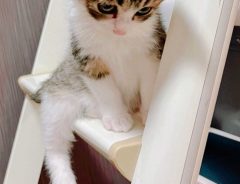
Cat’s charming plea for help getting down stairs is too cute for words
-

Too cute sushi scratching posts turns cats into purrfect sushi chefs
-

This Cat In Japan Has Maybe The Most Adorable Meow Ever
-
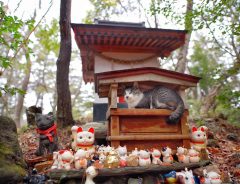
Cats taking refuge from rain at shrine for cats look like feline deities
-
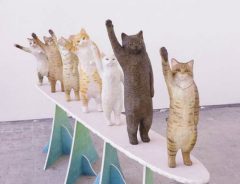
Japanese Art Student’s Graduation Project Is A Lineup Of Cats Adorably Asking You For High Fives
-
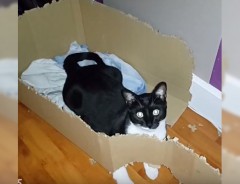
How Long Does It Take A Cat To Destroy A Cardboard Box?


Content warning: Image of injured cat may be sensitive to some readers.
Animal rights activists and the industrial world disagree about what’s best for the feral felines. Should they be removed to protective new homes or allowed to live in the wild?
Jason Morgan, Reitaku University
Industry has driven Japan’s rise to a global economic superpower.
During the early days of industrialization, the Japanese government set the country on a steady course for progress and success. Silk mills, light industry, railroads, and eventually heavy industry sufficient to support Japan through fifteen years of war. And then to rebuild after that war.
During the war, of course, the human costs of industry had mainly been visible in wartime destruction. Before the war, too, the price that human beings were paying for industrialization was mounting.
For example, the Ashio Copper Mine in Tochigi Prefecture was the source of major pollution scandals and the focus of battles among locals, industrialists, and the government over how to protect people as Japan industrialized. After the war, the costs of industry to humans mounted. Mercury poisoning afflicted people living around Minamata Bay in Kumamoto Prefecture, in western Kyushu. In Fukushima, the fight continues over the disposal of treated tritium water used to cool the Fukushima Daiichi nuclear reactor, which was badly damaged in the Tohoku triple disaster of 2011.
Like other industrialized nations, many in Japan have accepted that the environment should be included in business accounting ledgers—that people, in other words, should be protected. Today, Japan boasts an excellent work safety record after decades of continuous improvement. In 2016 Japan recorded 208 non-fatal occupational injuries per 100,000 workers—compared with Costa Rica, the worst in this category, with 9,421 injuries, and the Netherlands, the second worst, with 5,200. Japan has also been leading the way in environmental protection and sustainability.
A lot of ground has been covered, in other words, since the early days and heydays of industrialization.
Cat with burn wounds on paws said to have been rescued from Ogishima, JFE Steel property, January 2022 (courtesy of Yuki Animals), via JAPAN Forward
Blast Furnaces and Felines
Just as the full human costs of industry are becoming apparent, however, a new blind spot appears. Animals. What should be done about the non-human creatures who pay a price for industrial prowess and economic strength?
This difficult question is emerging in Kawasaki, an industrial city in Kanagawa Prefecture just outside of Tokyo. There, a major steel manufacturing concern, JFE Steel Corporation, operates blast furnaces and other kinds of industrial plant on Ogishima, a man made island in Tokyo Bay.
(...)
Written by Japan ForwardThe continuation of this article can be read on the "Japan Forward" site.
The Cats of Kawasaki: Two Views on Caring for Some of the Most Vulnerable Animals in Japan